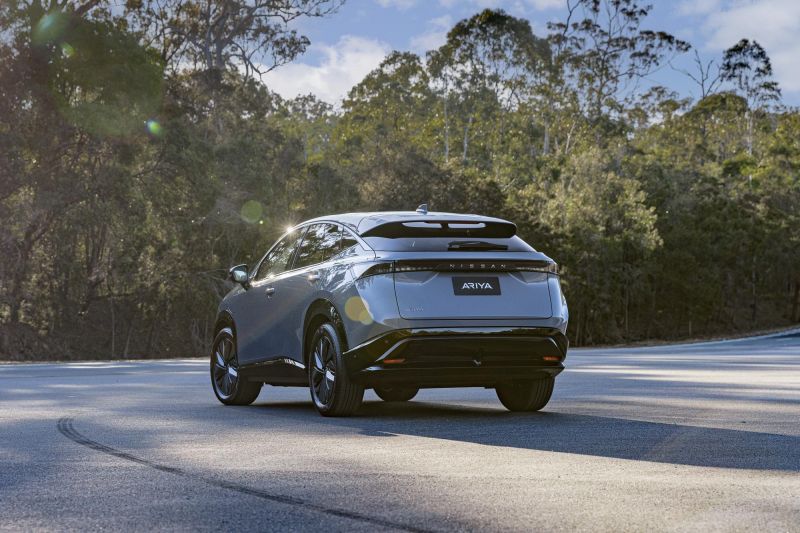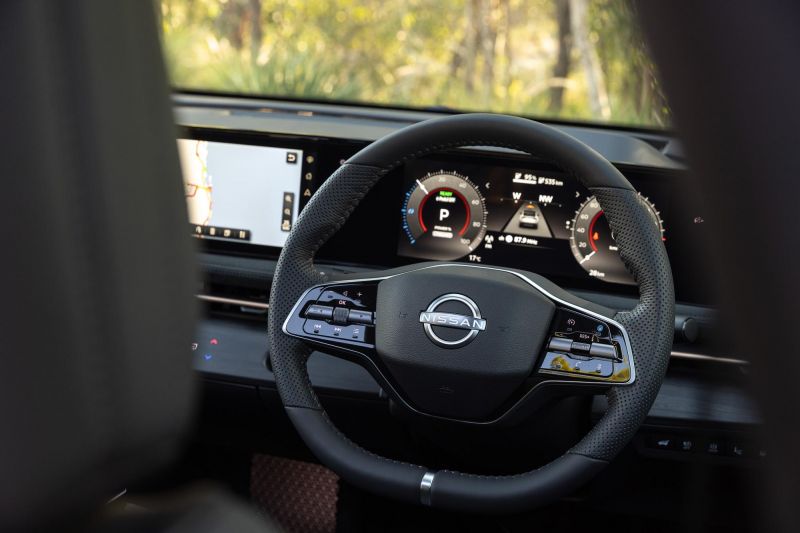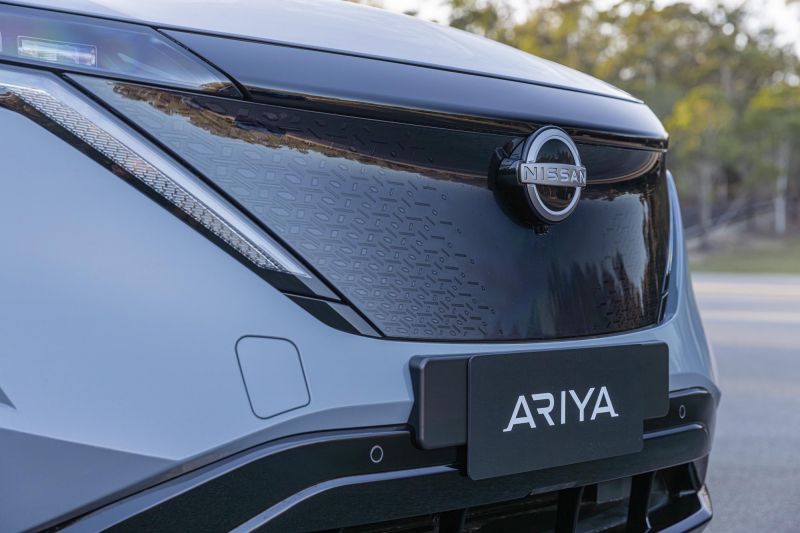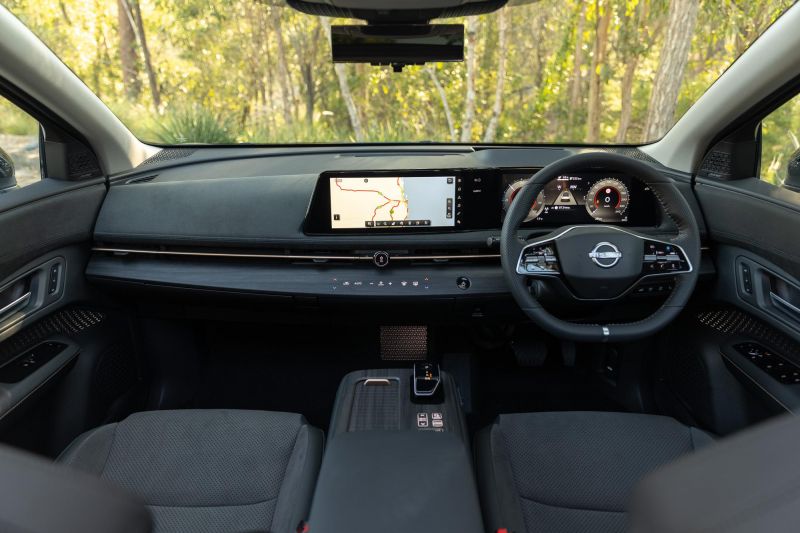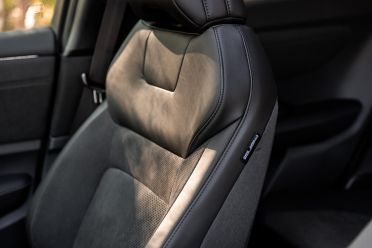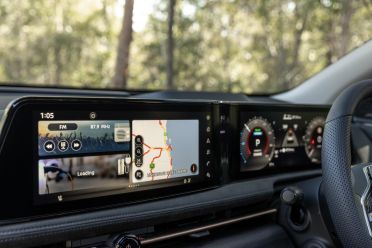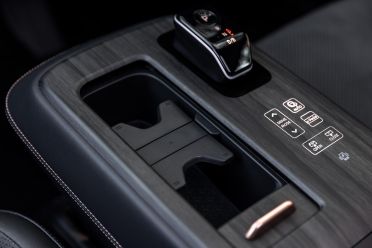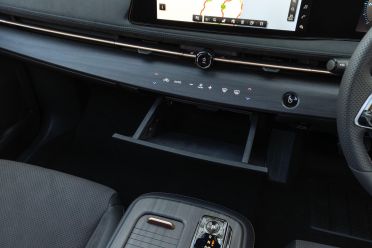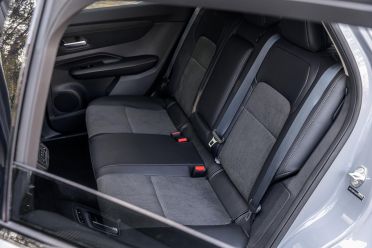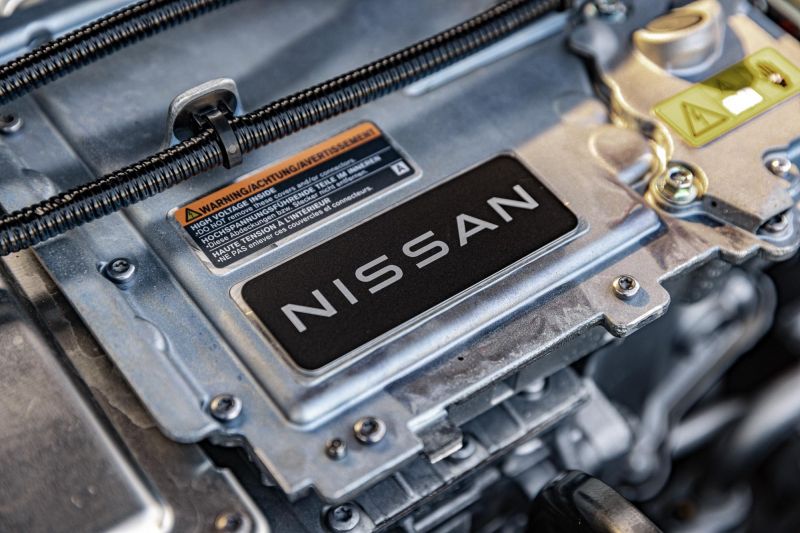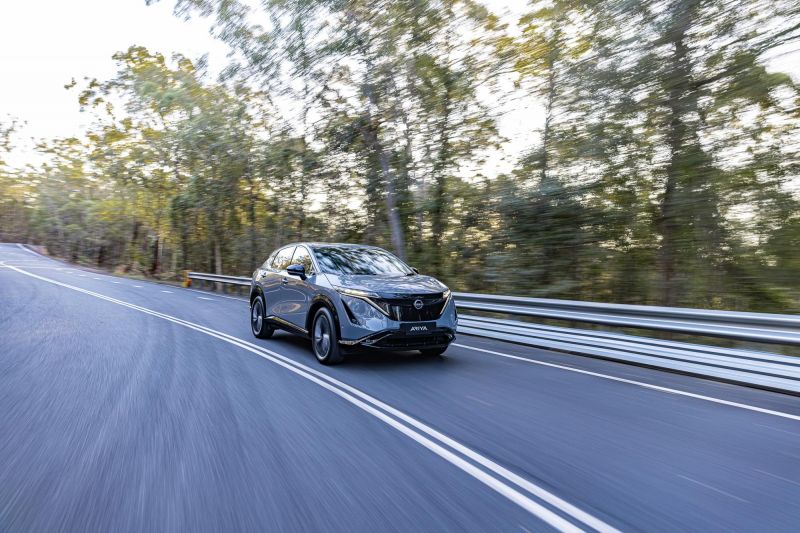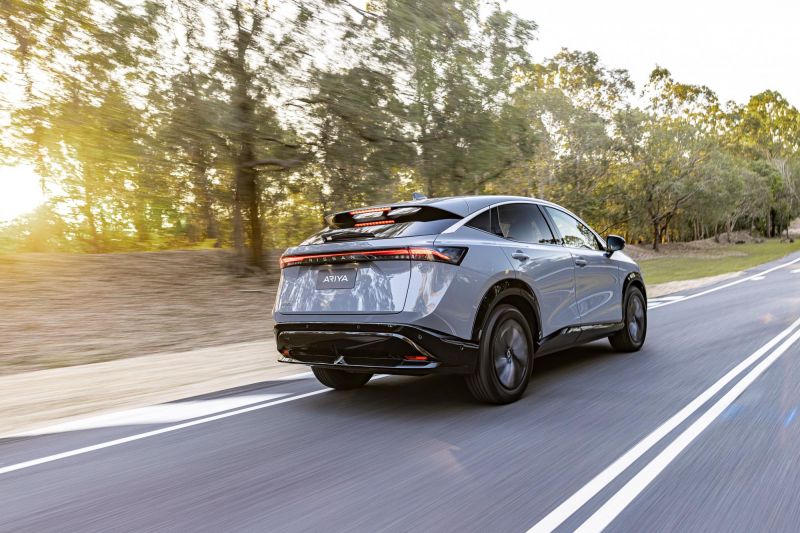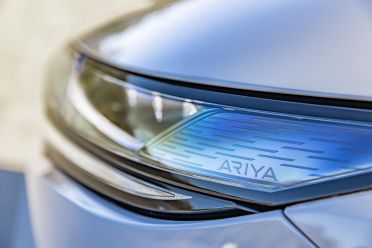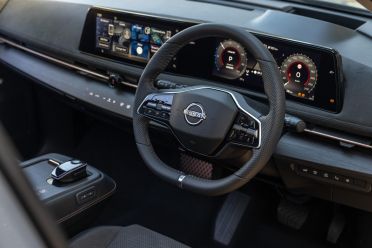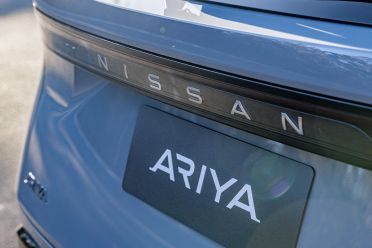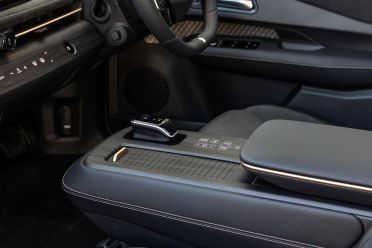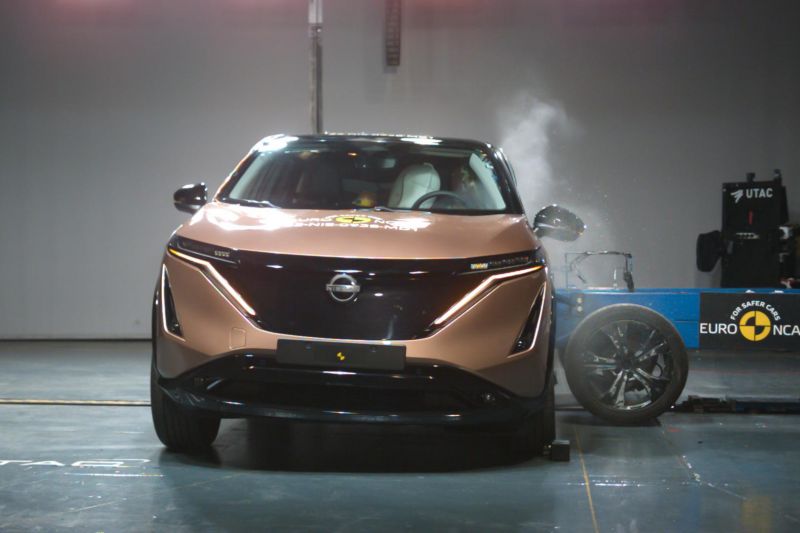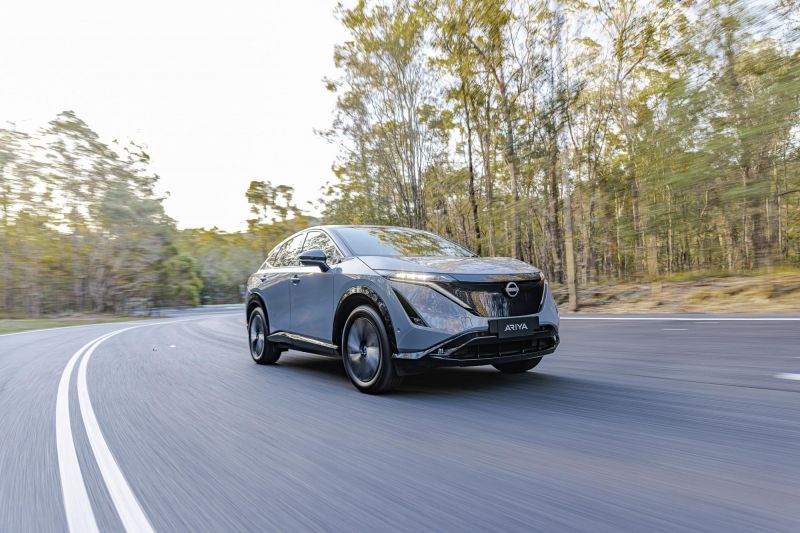The thing with change is, it happens slowly then all of a sudden – that seems to be the case with electric cars.
There was really only the choice of a Tesla or a Nissan Leaf not too long ago; and now there seems to be another battery-electric vehicle launching in our market on any given week.
The Nissan Ariya is coming to Australia, at some point in the future. It’s meant to come, but we still do not know exactly when, which is somewhat annoying because it’s actually pretty good.
Even more annoyingly, it was unveiled back in 2020 and went on sale in other mature markets in 2022. When it finally arrives in our market it will more than likely be a model-year 2024 vehicle.
Nissan once had the claim of being the manufacturer to create the first mass-produced electric vehicle in history with the Leaf. The first-generation Leaf was a decade ahead of its time in terms of understanding where the market was going and creating the necessary building blocks for producing EVs on scale.
It didn’t quite have the range and battery cooling technology down pat; as such, it never managed to get its act together to take the fight to Tesla globally.
Up until recently, the American giant has all but had the lower end of the electric car market to itself with its Model 3 sedan and Model Y SUV.
Now though, the Nissan Ariya will soon join the likes of the Volkswagen ID.4 as well as the Toyota bz4X and the forthcoming Subaru Solterra that will all be hitting the Australian market in the coming 12 months or so – Not to mention existing rivals like the the Hyundai Ioniq 5 and Kia EV6.
In order to find out if the Nissan Ariya was any good, we took an overseas model for a drive around Mount Cotton driver training centre in Brisbane.
This was unfortunately not an accurate reflection of real-world conditions, given the super smooth roads, but it did give us a reasonable insight into how the Ariya will behave on road.

How much does the Nissan Ariya cost?
Given the Ariya is yet to be confirmed in its final spec for our market, there is currently no pricing we can confidently share.
What we can say, is in most markets the Ariya competes in it undercuts the Tesla Model Y, which starts locally at just under $70,000 without incentives or on-road costs – likely coming in around the low- to mid-$70k realm for most buyers.
Whether Nissan Australia can get the Ariya in for around or below that price point remains to be seen. That low-$70,000 mark for the base Ariya will also see it competing with the Ioniq 5 and EV6, which is where it needs to be in order to compete with the segment benchmarks.
That expected entry price will be for the single-motor 63kWh model, with the higher trim level likely to add another $10,000 or so before the flagship e-4orce 87kWh dual-motor version tops out likely in the high-$80,000.
What is the Nissan Ariya like on the inside?
This is the most surprising element of the Ariya. It’s actually a really pleasant, modern and nice place to be.
This is unlike any Nissan we have ever tested or sat in. It feels like where the brand should be across its entire range, given it embodies a very minimalist design – in true Japanese style – and that is all but devoid of conventional switchgear.
The seats are comfortable and supportive while the two screens are very much a homage to the Mercedes-Benz school of interior design (from 2020).
We found the screens to be super high in resolution and modern in their appearance, but the hardware and software – during our limited time with the vehicle – still didn’t feel as fast and responsive as we would like.
We are hopeful this would likely be improved for local versions of the car loaded with local data and connectivity.
There are ‘hidden’ buttons across the panels on the Ariya’s dashboard and center console, which are actually made from plastic but appear to be a wood-grain finish.
When you first turn the Ariya on, the buttons hidden beneath the many surfaces light up and then when pressed, provide you with a reassuring sound and haptic feedback. It’s not the first application of such technology in a car, but it sure feels like one of the better ones.
Nissan has kept the air conditioning controls as separate buttons across the dashboard and they are a delight to use and play with. Again, none of this feels like any Nissan we know and if its anything to go by, we hope other models in the Japanese car maker’s line-up will follow.
There’s also a pretty neat sliding centre console that moves back and forward and emphasises the lack of an underbody drivetrain.
We were also fond of the electrically-operated tray in the dashboard that slides out at the touch of a button, creating a kind of storage bin with a lid.
We didn’t get to sit in the back with the vehicle driving, but based on our front seat position, it felt more than adequate for two large adults in the back, as you would expect from an SUV this size.
There’s a 466-litre boot in front-wheel-drive models, which should be plenty for most.
What’s under the bonnet?
In Australia, Nissan will be offering the Ariya in three trim levels which include a choice of two battery sizes.
The entry model will be powered by a 63kWh battery with a 160kW electric motor driving the front wheels with around 400km of range, but if that’s not enough, you will be able to specify a larger 87kWh battery which increases that to 530km and ups the power to 178kW. Both variants offer 300Nm of torque.
If you want the best Nissan has to offer, option up the larger battery and then pick the dual-motor configuration, which sees power increase to 290kW (with 600Nm) to all four wheels – recuding range slightly to around 500km.
The e-4orce twin-motor AWD variant at its full potential will do the 0-100km/h sprint in 5.1 seconds. However, you really don’t need that level of acceleration for what is essentially a family SUV, given the base 160kW motor offers ample acceleration, getting from a standstill to 100km/h in a very reasonable 7.5 seconds.
How does the Nissan Ariya drive?
We will reserve final judgement for when we get to drive the Ariya on public roads in Australia, but our time behind the wheel suggests it will have no issues competing with its contemporaries when it comes to ride and handling.
In fact, we don’t need more time to tell you it’s definitely a much better balanced vehicle than the Model Y, because that is very evident.
Whether it can match the Kia EV6 for dynamics and fun-factor remains to be seen when we get to spend some time with the AWD variant.
The acceleration on the front-wheel drive model felt lively and the steering – while relatively lifeless – is very precise and a breeze to use.
The many driving modes offer some fun, specially when maximum regenerative braking is turned on.
Some call this one-pedal mode, and that’s pretty much how to best describe it – whereby the moment you lift off the accelerator the vehicle begins to decelerate (and recharge using kinetic energy). It takes some getting used to but its actually the only way you should drive the Ariya on the road.
We would have liked to see Nissan make the Ariya inherently rear-wheel drive, like the Model Y and numerous other competitors.
There is no reason an EV that is offered with dual-motor AWD should be front-wheel drive, given the motors already have space in the rear and there is no real additional cost in regards to driveshafts and what not.
What do you get?
Australian-specific specifications are yet to be confirmed, however if we look at what the UK market gets we can get a rough idea of what will be available.
Ariya Advance (UK spec):
- 19-inch alloy wheels with aero cover
- Automatic LED headlights
- LED daytime running lights
- LED front and rear fog lights
- LED tail light ‘blade’
- Auto-folding heated mirrors
- Rear privacy glass
- Power hands-free tailgate
- PVC/Fabric combination upholstery
- Selectable drive modes
- Rain-sensing wipers
- 12.3-inch TFT digital instrument cluster
- 12.3-inch navigation system
- Dual-zone climate control with rear vents
- Plasma Cluster Ion Air Purifier
- Heated leather steering wheel
- Heated front seats
- Electrically-adjustable front seats, 6-way with driver lumbar
- Intelligent Around View Monitor (360-degree cameras)
Ariya Evolve adds:
- Electric panoramic sunroof
- Power moving centre console
- Synthetic leather and Ultrasuede upholstery
- Ventilated front seats (heated and cooled)
- 10-speaker Bose premium audio
- Intelligent Key with memory function
- Seats
- Mirrors
- Steering wheel
- A-IVI settings
Is the Nissan Ariya safe?
The Nissan Ariya scored a five-star Euro NCAP safety rating in 2022, which will no doubt carry over to a local ANCAP score as well when it’s released here.
It received an 86 per cent score for adult occupant protection, 89 per cent for child occupants, 74 per cent for vulnerable road users, and a very commendable 93 percent for safety assist systems.
Although an excellent score, it still trails the Tesla Model Y, which managed 97 per cent for adult occupants, 87 per cent for child occupants, 82 per cent for vulnerable road users and a staggering 98 per cent for safety assists.
Standard safety features include:
- Autonomous emergency braking (AEB)
- Pedestrian, Cyclist detection
- Junction assist
- Reverse AEB
- Forward collision warning
- Intelligent Lane Intervention
- Lane-keep assist
- Adaptive cruise control
- ProPilot with Navi Link
- Traffic Jam Pilot
- Intelligent Lane Keep Assist (centring)
- Corner & Junction Speed Assist
- Low Speed Cruising
- Traffic Sign Recognition
- Legal Speed Adjustment
- Blind-spot assist
- Rear cross-traffic assist
- High-beam assist
- Driver attention monitor
- Intelligent Around View Monitor (360-degree cameras)
- Front and rear parking sensors
- Tyre pressure monitoring
- Dual front, side, and ‘far-side’ airbags
- Dual curtain airbags
How much does the Nissan Ariya cost to run?
Nissan Australia covers its entire range with a five-year, unlimited-kilometre warranty.
The Ariya would be covered by the same warranty, likely further backed by a longer warranty on the battery as is the case with the Leaf, which comes with a “State of Health” guarantee that will cover the battery to retain three quarters of its original capacity for at least eight years or 160,000 kilometres – whichever comes first.
Service information and pricing is currently yet to be confirmed for our market. Nissan doesn’t offer a complimentary subscription to public charging services with the existing Leaf, but it’s unclear whether the Ariya’s flagship status would warrant a different strategy.
CarExpert’s Take on the Nissan Ariya
If Nissan can get the pricing of the Ariya right, and ensure there is plenty of stock available at launch and beyond, plenty of buyers who are waiting for a Hyundai or Kia may just see themselves tempted to switch over to a Japanese vehicle that is likely just as good in every regard.
We hope Nissan can bring the Ariya to our market as soon as possible, back it up with a stronger battery warranty and a better charging offer than its rivals.
The brand needs a reason to lure EV buyers and the Ariya offers an excellent package that is just waiting for the right pricing sticker.
Click the images for the full gallery
MORE: Everything Nissan Ariya





